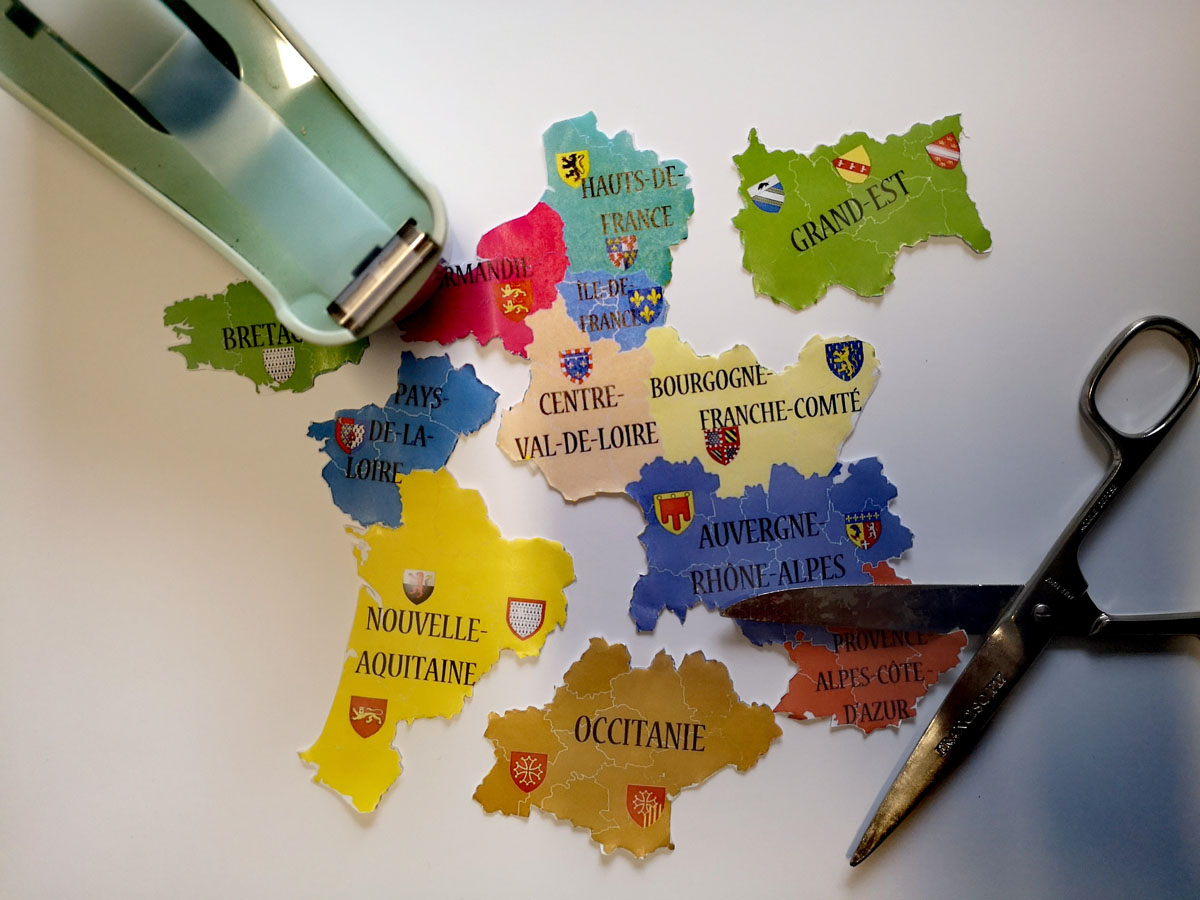# La Science s'aMuse: La fusion des régions
Welcome to La science s'aMuse, the scientific program co-produced by the UM and Divergence-FM, which takes you on a cruise through the archipelago of Muse laboratories. On the eve of the regional elections, and six years after the merger of the regions, CEPEL political scientist Emmanuel Négrier helps us take stock of this reform.

Land in sight! Today we're casting anchor on our territories, and more specifically on our regions. On January 1, 2016, France woke up to 13 rather than 22 regions, following the entry into force of the law on the delimitation of the regions. A law announced as one of the strong pillars of Act III of decentralization desired by François Hollande, which, remember, was not born without pain. From Alsace, fearful of falling under the yoke of Nancy, to Nantes, asserting its historical link with Brittany, to the isolated Centre region, the French map has suddenly been transformed into a Chinese puzzle.
Six years on, on the eve of regional elections - the first since the reform was implemented - has it achieved its objectives? And what were those objectives? How has this geographic redistribution impacted on regional competencies, which had already been shaken up by the NOTRe law, another key component of decentralization? We talk about this today with our guest, Emmanuel Négrier. He is a political scientist at Cepel, the political science laboratory of the University of Montpellier. With Toulouse sociologist Vincent Simoulin, he co-edited a collective work entitled La fusion des régions : le laboratoire d'Occitanie.
Find out more:
- The Conversation : Regional mergers: new bottle, same vintage?
- Collective work: La fusion des régions, E.Négrier, V.Simoulin, Edition PUG
La science s'aMuse, you've got the map, let's get on board!
Production: Université de Montpellier/ Divergence-FM
Animation : Lucie Lecherbonnier
Interviews : Aline Périault/ Lucie Lecherbonnier
Production : Bruno Bertrand
Listen to the "A LUM LA SCIENCE" program on Divergence FM 93.9
